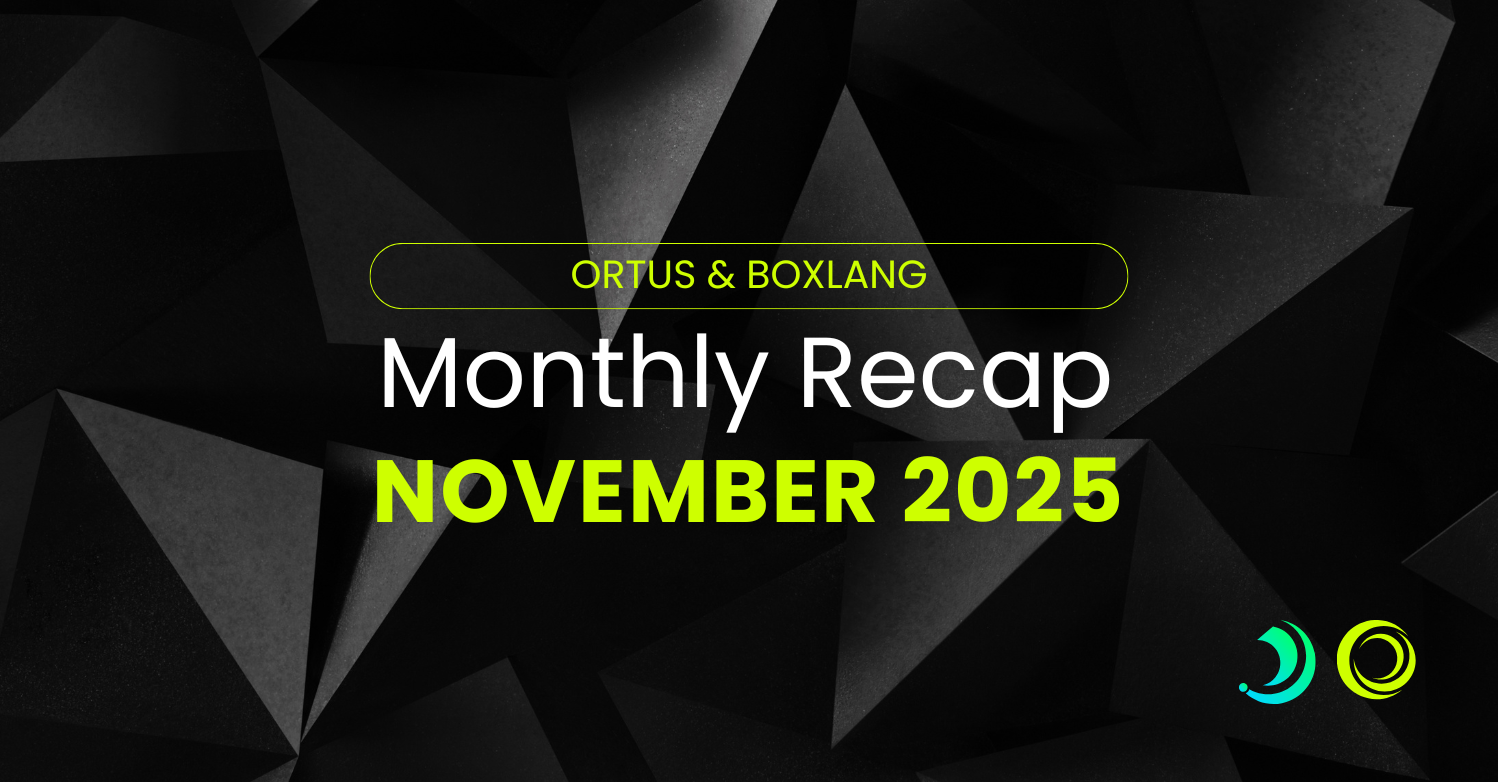Elevate Your Functional Programming with BoxLang!
Functional programming and higher-order functions (that receive or return other functions) give us powerful ways to transform data on the fly with concise syntax. If I have an array of strings and want them all uppercased, I can write this:
[ "luis", "brad", "jon" ].map( name -> uCase( name ) )
In the example above, omitting the parentheses around our lambda argument name is supported by ACF, but not by Lucee. BoxLang, of course, allows this! We’re also using the lightweight lambda syntax with a “skinny arrow” (->). This has no scope binding like closures and performs faster.
But wait, there’s more! You don’t have to declare a closure or lambda inline; you can reference another unary function object like this (unary means accepting a single argument):
function makeUpperCase( String arg ) {
return uCase( arg )
}
[ "luis", "brad", "jon" ].map( makeUpperCase )
This requires even more boilerplate than the first option. Have you ever wished you could just pass in the uCase BIF (Built-In Function) directly? Introducing static functional binding to BIFs!
Static Functional Binding to BIFs
There’s already a precedent for binding to static methods on classes (whether Box Classes or Java classes) like this:
ClassName::methodName
Now, we’re introducing a variation for statically referencing a method from a global scope where we omit the class name entirely:
::methodName
This expression yields an invocable BoxLang function that can be executed just like our makeUpperCase() example above. Here’s what our final form looks like:
[ "luis", "brad", "jon" ].map( ::uCase ) // [ "LUIS", "BRAD", "JON" ]
Nice and sweet! This works for any BIF accepting a single argument in map() or each() functional constructs.
[1.2, 2.3, 3.4].map( ::ceiling ); // [ 2, 3, 4 ]
["brad","luis","jon"].map( ::hash ); // [ "884354eb56db3323cbce63a5e177ecac", "502ff82f7f1f8218dd41201fe4353687", "006cb570acdab0e0bfc8e3dcb7bb4edf"
You can even use BIFs that accept two arguments with a higher-order function that accepts a BiConsumer. (This example reduces a query object down to an array of structs in a very small amount of code)
myQry = queryNew( "name,position", "varchar,varchar", [ ["Luis","CEO"], ["Jon","Architect"], ["Brad","Chaos Monkey"] ]);
myQry.reduce( ::arrayAppend, [] ) // Array of structs for each row...
Conclusion
We hope this new feature unlocks some exciting productivity boosts for you. It’s available right now on the bleeding edge or this Friday in the next beta release and applies to BoxLang source files. Dive in and see how static functional binding can simplify your code and enhance your development experience!




Add Your Comment